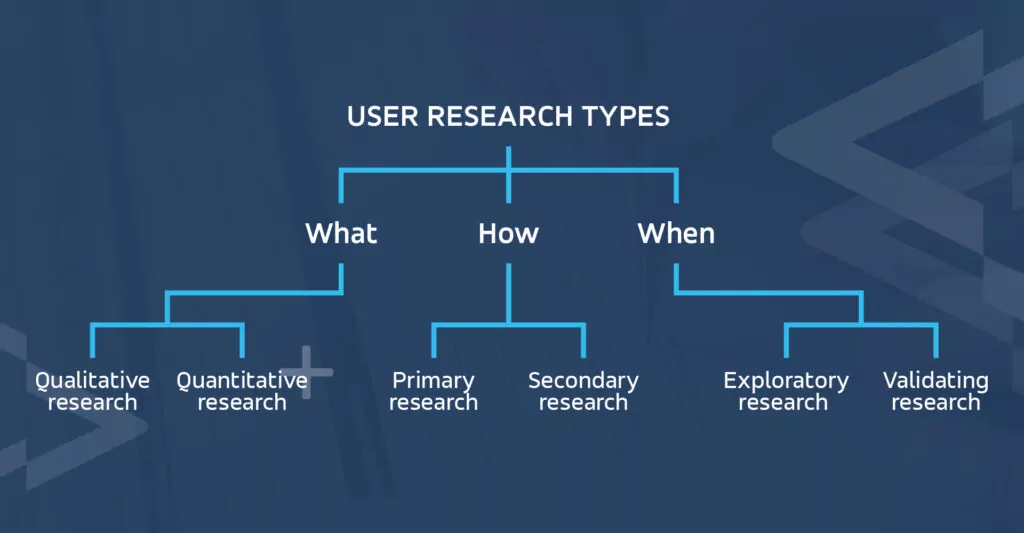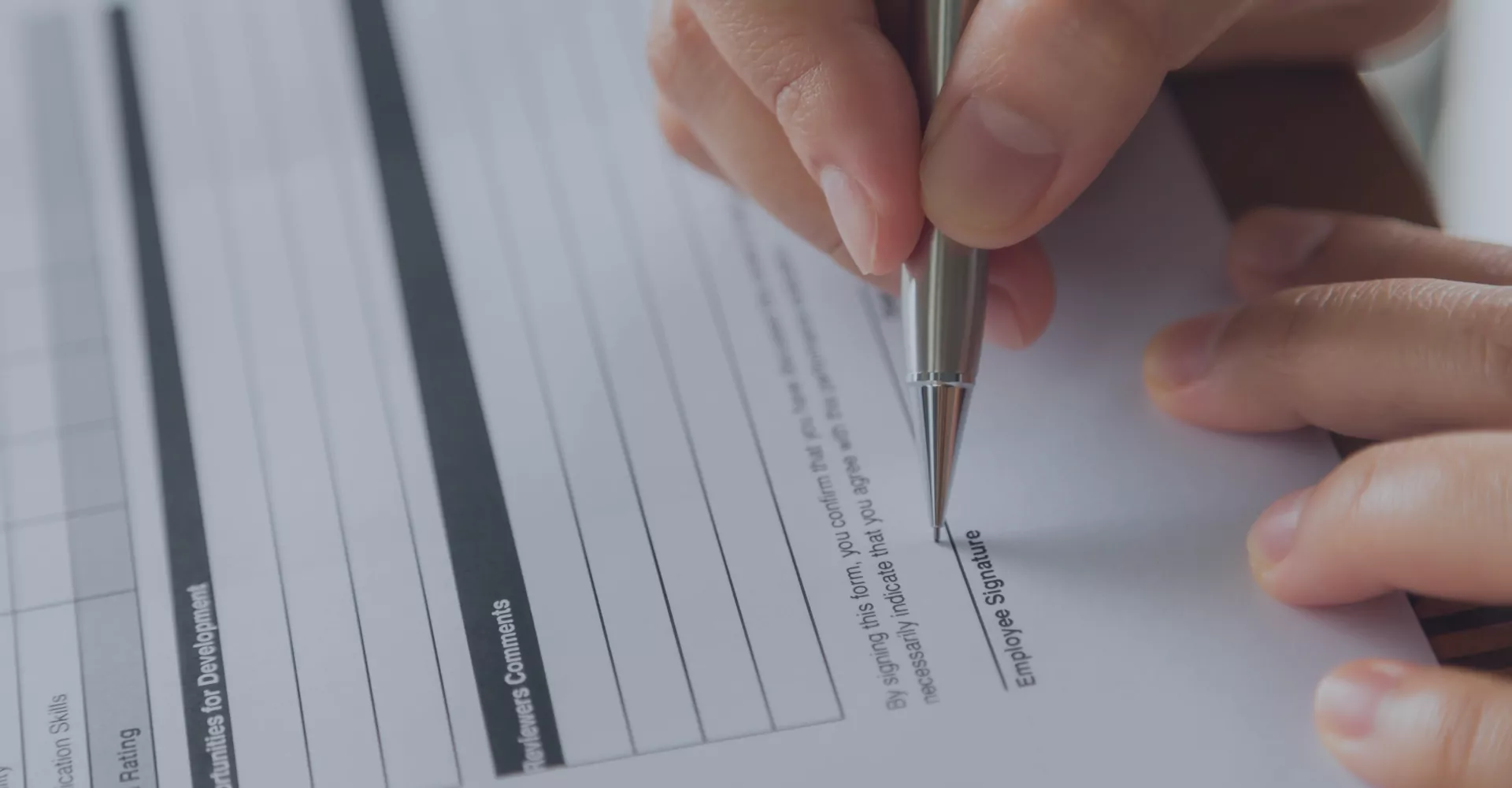Knowing your users inside out is the best starting point for building physical and digital products. Before you think about its awe-inspiring features and dazzling looks, it’s good to learn if your customers actually need them. User research will help you discover that by gathering insights into their motivations and behaviour. Only with this knowledge will you be able to build desirable products and services, and guide users best via app design and copy.
User research is popular in UI design, UX design, and UX writing. When planning your study, always remember to set clear objectives and determine available resources, so you don’t bite more than you can chew.
After a short introduction, we’re good to go!
What is user research?
User research is a meticulous study of customers held to understand their needs, problems, and motivations. The study aims to create the best products, in terms of design and usability, which in our case applies to web and mobile applications.
The tool is particularly helpful when product owners, together with their teams, have to make tough decisions. After the research is done, they can do it based on insight and information rather than a personal conviction or lucky guess.
What is key in user research?
What is important to mention here is that user research is a methodological and structured approach that has to follow certain research principles. Therefore, asking your friends and colleagues how they like your app, by far, can’t be called user research!

Questions to ask yourself
Before we dive deeper into specific types and methods, and before you decide on taking a particular approach, we recommend you to think over the following issues:
What do I want to find out? So you won’t spend time and money on research that doesn’t bring you any closer to your goals. A good example would be: What do users need first and foremost in a smart home app?
Do I have the capacity to conduct research? Your study will undoubtedly result in vast amounts of data, documents, and various kinds of files. Thus you will need enough resources not only to conduct the research but also to organise data and analyse it. Since it is a structured task, you’ll also need a person responsible for the project.
Do I know how to tackle legal matters? Taking into account GDPR and other regulations, user data is extremely sensitive. You can’t take the issue lightly when working with real people, gathering their personal information. No matter whether you analyse data collectively or record interviews with particular users, you have to obtain their consent. You might also need to sign NDAs with interviewees if they’re testing your prototypes. To do it by the book, consult a lawyer specialising in these particular issues in a given country.
Do I have relevant experience? Educate yourself, involve researchers from your team, you might also consider a collaboration with a research company or freelance researchers that will take the project off your shoulders or at least support you in particular areas, such as choosing the most appropriate method.
Types of user research
There are different user research categorizations regarding data types (what), the way something is done (how), and when it fits in the project’s timeline.
What?
One of the most well-known categorizations focuses on the type of data that is collected:
- Qualitative research
You collect and analyse non-numerical data to understand opinions, experiences, and broader concepts. - Quantitative research
You collect and analyse numerical data to discover correlations and formulate hypotheses.
How?
The second categorization refers to the way data is collected:
- Primary research
You gather information on your own. - Secondary research
You analyse data collected by others, such as statistics, books, and articles.
When?
The third categorization we wanted to specify focuses on when the research is conducted:
- Exploratory research
You carry it out at the beginning of the process before building a product or a feature. - Validating research
You assess if what you’ve built actually works.

Five user research methods
You may come across a number of user research methods, but we will only focus on those we exercise ourselves.
Competitor analysis
Competitor analysis is one of the most common, simple, and inexpensive (in comparison to other) research methods. We can’t imagine considering entirely new products or adding significant features without identifying and analysing companies that sell similar solutions. Knowing what the competition offers and how they present their products and services, you can decide in an informed way how to position yourself in the market.
As we’ve mentioned before, a competitor analysis has to be conducted in a structured way. You set identical variables according to which an analysis of each company is conducted. Thus, the best way to do this is through a table, be it a Google Spreadsheet, Microsoft Excel, or any other tool of your choice.
When analysing data gathered, you can highlight similarities and differences between your competition and the things that seem to stand out from the crowd. Watch out, though! The method poses a risk of copying others, which is never a good choice because why would customers choose you in this respect?
Target group observation
This method involves observing your current or potential customers in their natural environment and real-life situations. You watch what they do and say, either incognito or overtly. This way, you can follow them using your application: what they click first, how they proceed, what problems they have, how they solve them, etc. Apart from their behaviour (user experience research), you observe what they say when interacting with your product or how they act in a general situation.
To structure your study correctly, you need to prepare an observation guide, covering all crucial aspects of your customer’s journey. Watch out for legal issues here, especially if you observe people being in disguise or conducting observations in the public spaces.
Focus groups
Focus groups are small assemblies, usually no more than 12 people, gathered in one place. The study aims to stimulate a discussion between the participants. A structured debate, to be precise: with questions prepared beforehand and space where everyone has a voice.
This fantastic user research tool allows you to ask pertinent questions, see how people react to your product, figure out their needs, and gather ideas for new features. Unfortunately, since a lot happens during focus group sessions, it’s easy to dive into it and not see the wood for the trees. Thus, you have to focus on what you want to find out at all times. A user research plan will help you with that.
User interviews
During user interviews, you have a chance to converse with your current and potential customers and ask them relevant questions. These one-to-one sessions have the potential to provide you with the deepest insights. For a vast majority of people, it is easier to talk about their habits, values, needs and dreams but also ask questions about the product in an informal, private discussion where they don’t feel judged by others.
Not to distract your partners by taking notes, request their permission (in writing) to record the sessions. And as always, remember about the interview structure, so after multiple sessions, you can gather results, compare them, and draw conclusions. Lastly, pick your interviewees wisely, so they represent your customers as adequately as possible regarding their gender, age, income, etc.
Surveys
Surveys are a poorer version of user interviews but are also less costly and quicker to carry out. In addition, they allow you to ask personal questions similar to those asked during interviews. However, there is little or no room (online surveys) to respond to the answers and deepen the knowledge.
On the one hand, your surveyees don’t feel judged and can respond more sincerely, but on the other, they might feel less motivated to spend time filling your forms and might do it by halves. Thus, try to keep your surveys brief and the questions clear.

User research examples
When working on a smart home application, one of our tasks was redesigning its interface. The key aim was to improve its usability.
Research objectives
Having redesigned the IoT app, we wanted to verify if the new design met our and the client’s expectations (validating research), including:
- Learnability. Is the new interface user-friendly? How long does it take to complete simple tasks when users encounter the app for the first time?
- Effectiveness. How do the users deal with the application?
- Memorability. Is the application designed in such a way that the users can easily handle the navigation flow?
- Mistakes. How many mistakes do the users make? How often does it take place? How can they put them right?
- Satisfaction. Is it gratifying to use the app? Are there any areas that can be improved to make it more user-friendly?
Test types
We run thorough UX tests that included:
- Individual In-depth Interviews (IDI)
- Tasks performed by users in real-time
Interviewees were to complete tasks using interactive app mockups. Thanks to this particular research method, we were able to observe their decision-making process, the difficulties they ran into, and the way they reacted to task solving.
Areas verified
We have examined the following areas:
- App navigation: whether the new app is easy to navigate,
- Information architecture: whether the information structure is logical and it’s easy to find what’s needed,
- The influence of the app design on its usability: whether users feel comfortable and confident interacting with the app,
- Copy: whether the names and instructions are understandable and helpful,
- Abstraction level: whether the icons and other visual elements are clear and users know what they mean,
- App overload: whether users aren’t lost in the multitude of widgets,
- UX design: whether all the elements have been designed following the golden User Experience rules.
In-depth user research means combining methods
When you want to fully understand your target group and draw the most accurate conclusions, the best idea is to combine the above methods. Gather both numerical and non-numerical data, analyse what your competition does, and ask real users what they think, especially when arriving at irreversible decisions based on the research findings. And one more thing, consider the incentives, small prizes for your research group participants, adequate to the time they devoted.





